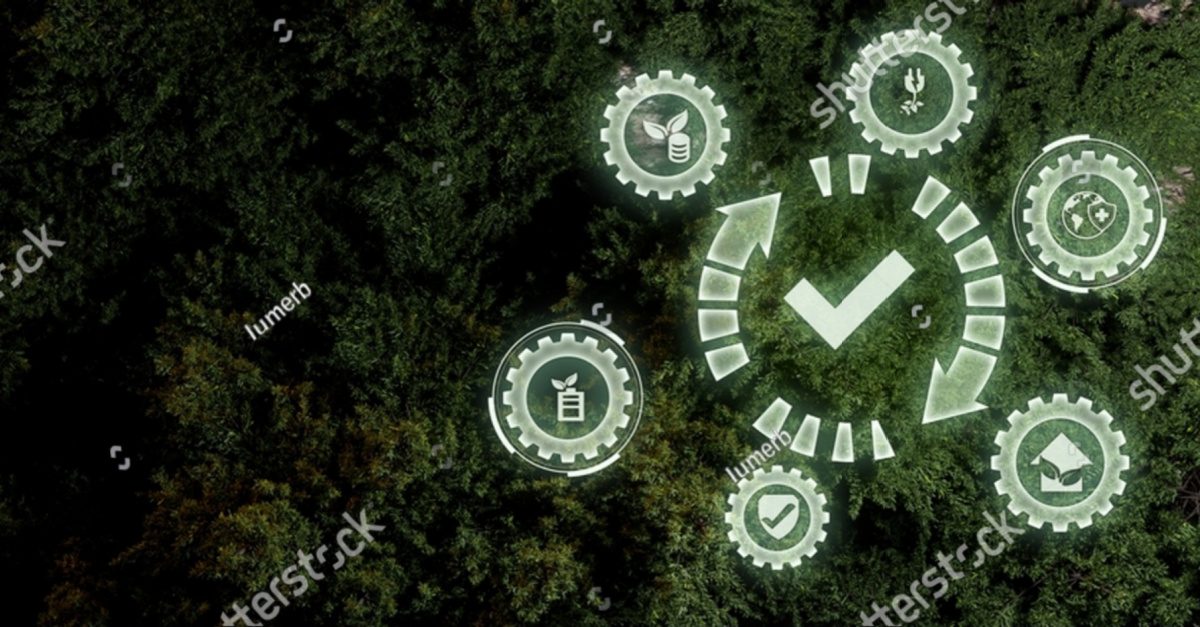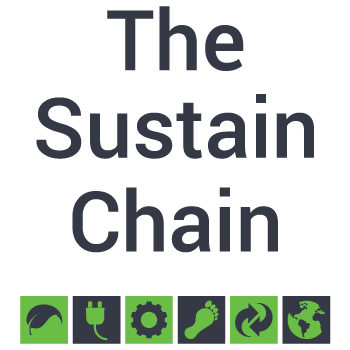
Supply Chains Are Preventing Themselves From Implementing Sustainable Practices
While you likely already know the challenge of incorporating environment-focused procedures into logistics, you may need to learn the reasons behind the struggle. Supply chains prevent themselves from implementing sustainable practices because they intrinsically rely on traditional and untenable methods.
1. Inflexible Operations
Growing consumer demand necessitates a faster pace for supply chains, so you may have grown comfortable with the expectation for rapid distribution. Many organisations are familiar with conventional procedures and are wary of adopting new methods, even if they positively affect the environment.
Supply chains resist change because the logistics process has adapted to conform to unsustainable practices over time. In fact, many companies are concerned sustainable initiatives will disrupt or be incompatible with their existing processes, so they choose to maintain their behaviour. While conventional operations have worked in the past, they’re quickly becoming outdated.
2. Lack of Expertise
The availability of a reliable workforce is a critical factor impacting the implementation of sustainable practices. Due in part to the prolonged effects of COVID-19, labour shortages affected supply chains by causing significant delays and increased expenses.
With a lack of workers, most environmental programs can’t function properly. When new workers constantly cycle through the industry, a general lack of expertise prevents collective action.
3. Short-Term Practices
Since multiple tiers of suppliers and distributors are involved in supply chains, the full integration of sustainable policies can be complex. The challenge may be especially significant when dealing with scattered suppliers across various regions because their regulations differ.
In response to the pressure you receive to hasten operations for growing demand or expedited requests, short-term practices may often result. Considering longevity is difficult when your primary focus is overseeing increased demand.
In addition, different modes of transportation come with varying requirements for products. For example, the hazardous material supply chain requires additional shipment regulations depending on how and where they ship. You’d have to continually manage every aspect of a very involved process to receive long-term benefits, making you more likely to incline toward temporary solutions or procedures.
4. Lack of Accountability
While the association between organisations and unsustainable partners may be unintentional, it prevents practices from positively impacting the environment. There’s often minimal to no follow-through when companies hold their suppliers to set environmental standards.
According to a 2022 study from the IBM Institute for Business Value, only one in three businesses attempt to foster transparency in their logistics process. Without visibility, there’s no accountability. A lack of oversight can keep supply chains from becoming sustainable because no repercussions for noncompliance exist.
What Is the Sustainable Solution for Supply Chains?
You must adapt to large-scale change to achieve sustainability in supply chains. Influencing particular industries in minor ways isn’t enough to see widespread integration of initiatives. The complexity and rigidity of logistics operations require prolonged and extensive action.
While various solutions exist, supply chains can primarily achieve sustainability through continuous evaluation, sustainable management methods and alternative practices. Since the process is multifaceted, broad changes are more applicable and potentially more effective.
1. Accommodation of Stakeholders
Although you may only directly interact with some stakeholders, engaging and accommodating them is critical for achieving environmentally-focused procedures. Most are highly concerned with the behaviour of companies and will respond appropriately.
For example, more than half of consumers state sustainability is very or extremely important when choosing a brand to purchase from as of 2021. As the appeal of green business models grows, relying on them may significantly help. Customers incentivise change because their actions drive profits.
You can analyse financial information or organise meetings with key parties to understand and adapt to their demands. While supply chains don’t rely on consumer or vendor behaviour, operations primarily revolve around them. Accommodating them may encourage industries to seek alternative sustainable methods.
2. Implementation of Sustainable Alternatives
Implementing environmentally friendly alternatives is critical for supply chain sustainability because their widely accepted use can overhaul outdated and unsustainable methods. For example, you could use electric vehicles or cargo bikes in the last-mile delivery to reduce greenhouse gas emissions. You can look into industry-specific situations, but general solutions are most applicable.
3. Adoption of Circular Practices
A closed-loop supply chain reintegrates products into the logistics process through reverse logistics. After initial distribution and use, the consumer transports their object back to the manufacturer so it can be reused, recycled or repurposed. The efficient cycle eliminates the need for bulk material extraction and manufacturing. It’s sustainable because it eliminates waste and reduces the overall amount of resources required to generate new components.
4. Management of Labour Shortages
According to a study by the Harvard Business Review, multiple lower-tier suppliers had 100% turnover rates, resulting in minimal practical implementations of environmental and safety programs. Without the necessary labour to drive change, expecting lasting positive impacts isn’t feasible.
Long-term management of a limited workforce in your industry can be complex, but it’s necessary to implement sustainable practices properly. If you’re able to offer increased benefits or lighter workloads, it may be beneficial to do so because it will likely increase retention. Beyond that, it’s up to you to adhere to environmental standards and establish the expectation in new workers to do the same.
5. Evaluation of Suppliers
You can maintain accountability with the routine evaluation of compliance. Continued engagement with suppliers and distributors increases visibility, translating to a stronger likelihood for change.
Supply chain professionals have the unique opportunity to enforce change from within. Work with the relevant parties to establish clear and feasible expectations and regularly evaluate everyone’s adherence to the new sustainable practices. You can help reduce the potential for non-compliance.
6. Identification of Feasible Opportunities
While attempting to hold yourself to multiple environmental initiatives might seem like an excellent objective, it only diminishes their effectiveness. You’re better equipped to handle some situations over others, so it’s your responsibility to identify which opportunities are feasible.
It’s better to accept standards and be able to comply with them rather than feel unconvinced of your ability to succeed. Since each organisation is capable of different sustainability goals, it’s best to tailor them to what’s possible and actionable.
7. Expansion of ROI Metrics
Many organisations don’t see value in sustainability unless it results in an immediate return on investment (ROI) or visible gains. For example, the effects of COVID-19 impacted almost 99% of corporate responsibility professionals, whether through the termination of their program or the reduction of their budgets. While supply chains revolve around financial aspects, an ROI doesn’t have to be typical.
You can support the successful implementation of sustainable practices by expanding ROI metrics. It isn’t as simple as putting money into an initiative and seeing an increase in revenue. While other benefits aren’t as visible, they’re just as valuable to you. For example, an increase in reputation or brand loyalty can contribute to increased revenue over time but are less tangible than direct profits.
Supply Chains Need Extensive Change for Sustainability
The logistics process is typically inflexible, lacks accountability and struggles with collective action. Thus, adopting alternative methods and management are some of the most potent solutions. Since the prevention of successful integration of sustainable practices stems from inherent aspects of supply chains, a large-scale and thorough overhaul of many conventional methods is necessary.

Prepare your supply chain for a greener future with IoSCM. Find out more about The Sustain Chain here.
